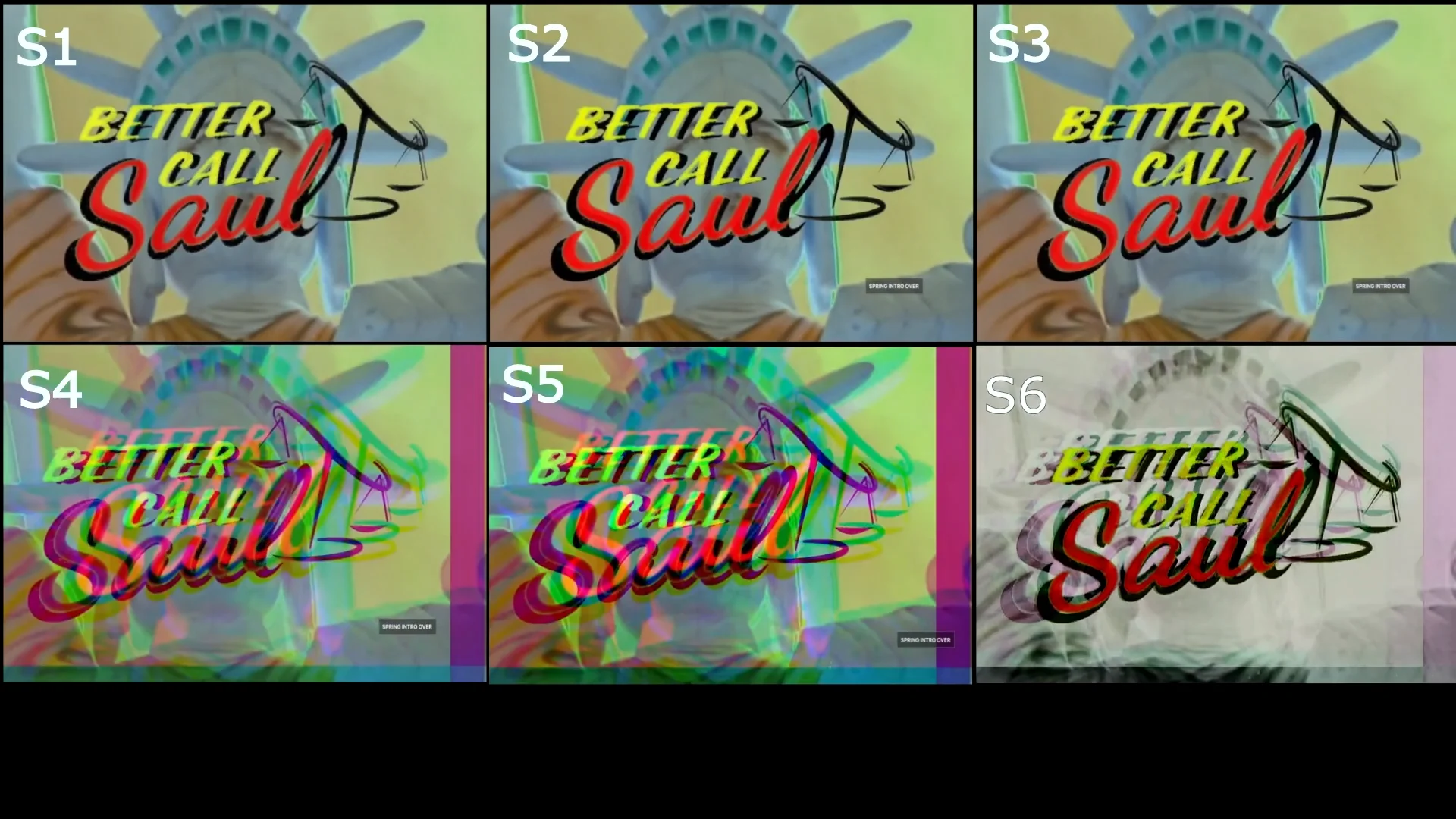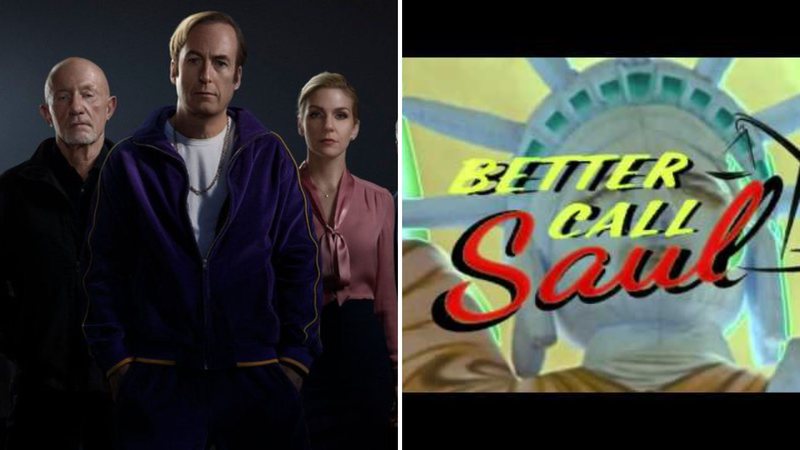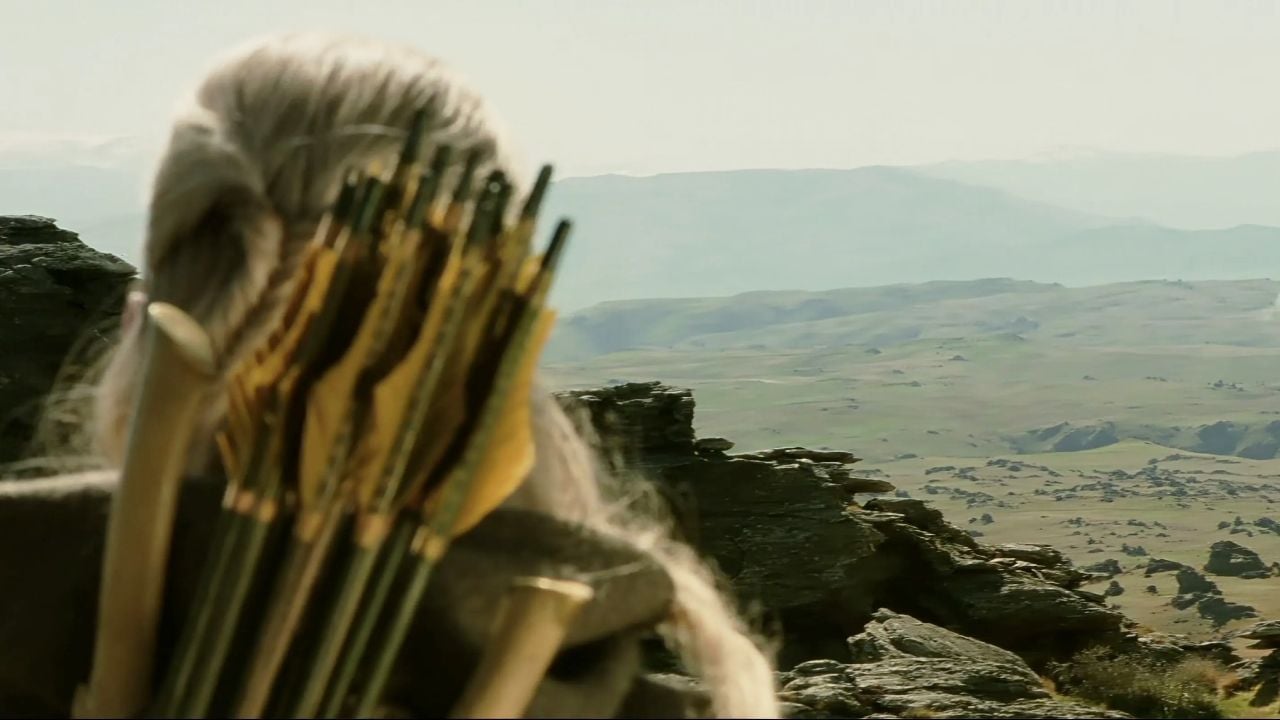Over the six seasons, Better Call Saul’s opening became increasingly blurry and colorless.
spin-off of breaking bad, Better Call Saul takes place before the series starring Bryan Cranston and Aaron Pauland shows how rogue lawyer Saul Goodman got there – from his early career as a Jimmy McGill until he became that iconic figure that won over many fans.
Over the six seasons of the production, the opening gets more blurry and loses color. However, in “Nippy,” tenth episode of the show’s sixth season, the intro stops like a cassette tape – and the screen goes completely blue, with only the series title blank.

According to the theory of Screen Rantthere are two reasons that can prove the reason for this change in the opening of Better Call Saul. However, let’s remember the reasons why a cassette tape, technology responsible for preceding DVDs, fails in real life. Essentially, the blue screen is what would happen when a VCR wouldn’t read the VHS (Video Home System) tape – and appeared at the beginning and end, or if a glitch occurred.
Reasons for this change in the introduction of Better Call Saul
Reason number one for this to happen: after slowly deteriorating over the seasons as Jimmy McGill for Saul Goodmanthe introduction of Better Call Saul “interrupted” with the blue screen could represent the completion of Saul’s transformation, which happened in Season 6, Episode 9. That is, just like the Jimmythe tape finally broke/corrupted.
Another reason is: the end of the VHS tape marks the end of the timeline that took place long before the original series. In other words, the intro as a tape represented the pre-breaking bad in Jimmy, and the blue screen represents the end of that particular era. As Screen Rant explained, now, Better Call Saul must rewind, or insert a new tape.
Some things are meant to be forgotten.
the new #BetterCallSaul Premieres Monday at 9pm on @AMC_TV and @AMCPlus. pic.twitter.com/80rSHCtP6f
—Better Call Saul (@BetterCallSaul) July 26, 2022
Source: Rollingstone
Camila Luna is a writer at Gossipify, where she covers the latest movies and television series. With a passion for all things entertainment, Camila brings her unique perspective to her writing and offers readers an inside look at the industry. Camila is a graduate from the University of California, Los Angeles (UCLA) with a degree in English and is also a avid movie watcher.





![Un Si Grand Soleil Preview: Episode Summary for Monday, October 20, 2025 [SPOILERS] Un Si Grand Soleil Preview: Episode Summary for Monday, October 20, 2025 [SPOILERS]](https://fr.web.img4.acsta.net/img/24/61/24614f00035a1444d216245e9a9c963f.jpg)



